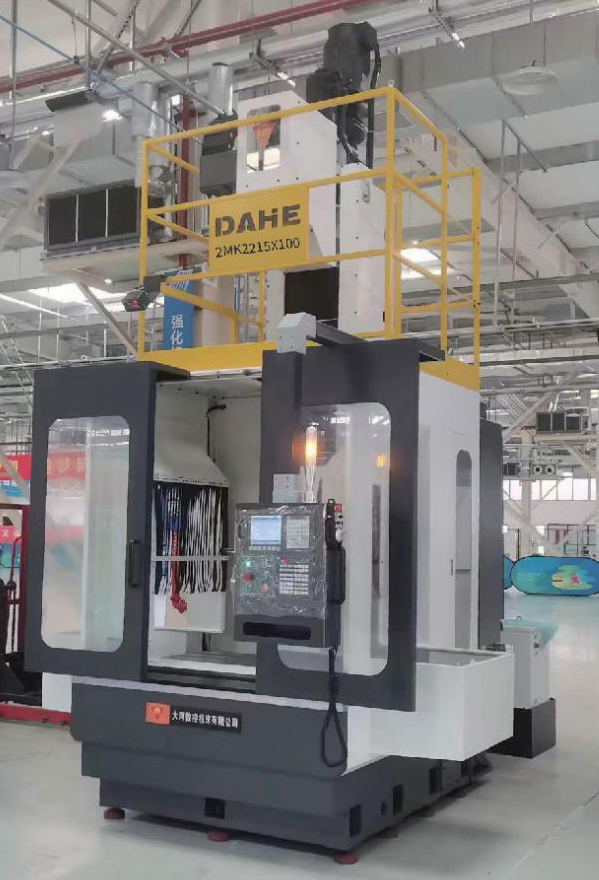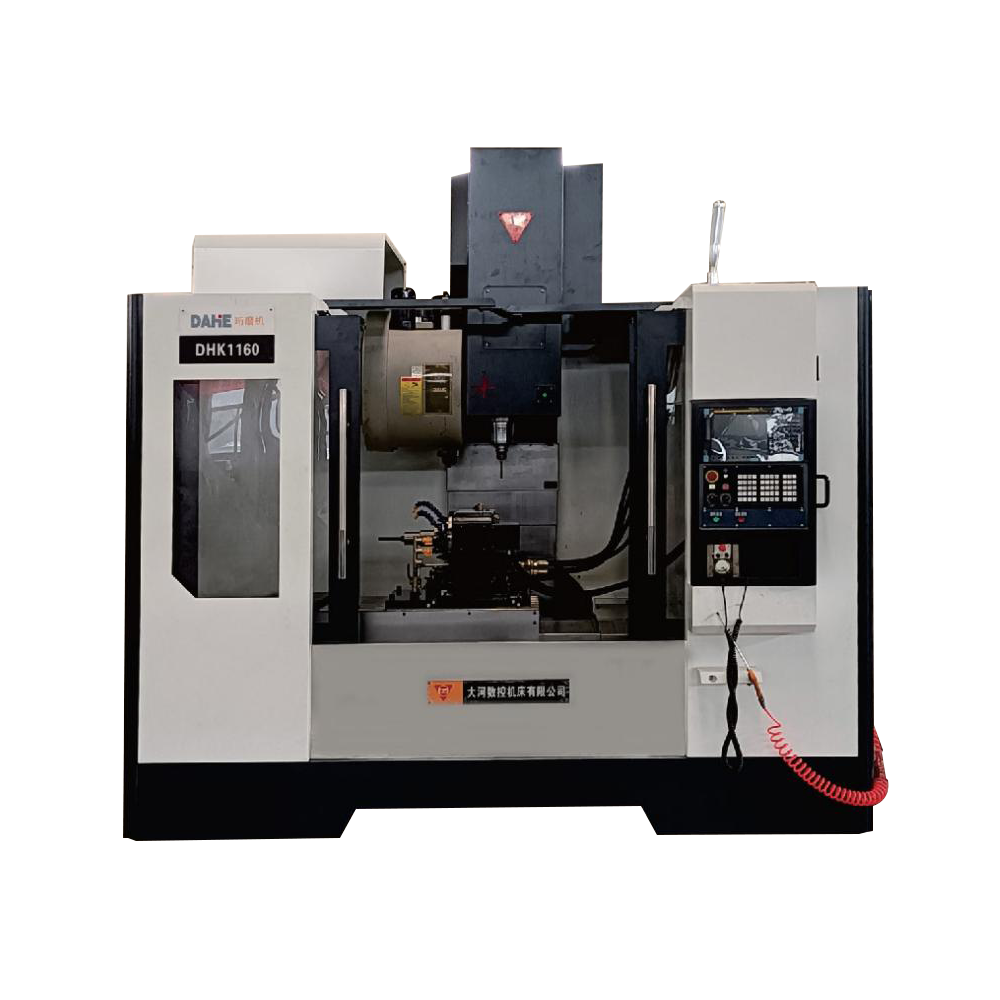Honing technology is a machining method that uses abrasives coated or pressure embedded on a grinding tool to perform micro cutting or friction on the surface of a workpiece through specific mechanical movements. The core of this technology lies in utilizing the micro cutting and chemical effects of abrasives to achieve the required precision and surface roughness on the workpiece surface, while improving its wear resistance, corrosion resistance, and fatigue resistance.
Honing technology is mainly applied to the processing of metal materials, especially hard metals such as cast iron and hard alloys. In the long river of time, technological development has gone through manual honing to today's CNC honing, from simple linear motion to complex multidimensional spatial motion. Every technological leap has expanded the application scope of honing technology and gradually improved the machining accuracy to an astonishing level.
The honing machine is the main equipment for implementing honing technology, usually consisting of a bed, worktable, grinding device, cooling system, and other parts. The grinding device is equipped with rotatable grinding stones or grinding heads inside, which come into contact with the surface of the workpiece and perform relative motion under certain pressure. During this process, abrasive particles act like countless tiny cutting tips, gradually smoothing out the protruding parts of the metal surface and obtaining a mirror like smooth surface.
The honing equipment uses high-precision CNC technology to control the precise motion path and pressure of the grinding head to meet the special requirements of different workpieces. The intelligent control system can achieve automatic loading and unloading, online measurement, and fault self diagnosis, providing strong support for efficient and stable production.

As an important equipment in the field of precision machining, honing machines occupy an important position in the manufacturing industry with their technological advantages. Mainly used in metal processing, particularly skilled in handling hard materials such as cast iron and hard alloys, its technical advantages are mainly reflected in the following aspects:
1. High precision machining
Fine control: Using numerical control technology, it can accurately control the path and pressure of the grinding head, thereby achieving high-precision machining.
Micro removal: Through the micro cutting action of the honing head, the protruding parts on the metal surface can be gradually removed, achieving high dimensional accuracy and surface roughness.
2. Surface quality improvement
Smooth surface: The machining process can form a smooth surface on the workpiece surface, reducing wear and fatigue damage.
Reducing defects: Honing processing helps to reduce micro defects on the surface of the workpiece, such as small cracks and pores, thereby improving the fatigue strength of the material.
3. Efficiency and Automation
Efficient processing: The equipment has high processing efficiency and can process a large number of workpieces in a short period of time, especially performing well in mass production.
High degree of automation: Usually equipped with automatic loading and unloading mechanisms and online measurement systems, it can achieve automated production and reduce manual intervention.
4. Diversified processing capability
Wide applicability: It can not only be used for machining holes, but also for machining workpieces of various shapes such as outer circles, planes, and spheres.
Material adaptability: Suitable for various materials, including cast iron, steel parts, bronze, etc., providing a wide range of processing solutions for different industries.
5. Technological innovation
Advanced technology integration: With the development of technology, innovative technologies such as high-speed electric spindle technology and ultrasonic honing are being integrated to further improve machining performance.
Continuous improvement: Technology is constantly advancing, such as the use of metal bonded diamond oilstones, which have improved honing efficiency and surface quality.
6. Environmentally friendly
Energy saving and emission reduction: Low energy consumption during processing reduces the impact on the environment.
Noise reduction: The design focuses on noise reduction, improving the comfort of the working environment.
7. Operational convenience
Ease of operation: The user interface is intuitive, making it easy for operators to learn and use.
Easy maintenance: The structure is simple, easy to maintain and upkeep, and reduces operating costs.
The reason why honing technology is important is that it can significantly improve the surface quality and performance of workpieces. After honing treatment, the workpiece not only has a more beautiful appearance, but also reduces the wear of the parts in actual work due to the decrease in surface roughness, prolongs the service life, improves the lubrication effect, and enhances work efficiency.

Copyright ? DAHE CNC MACHINE CO.,LTD. All Rights Reserved. 寧ICP備11000124號 Technical Support: Golden Hammer New Media